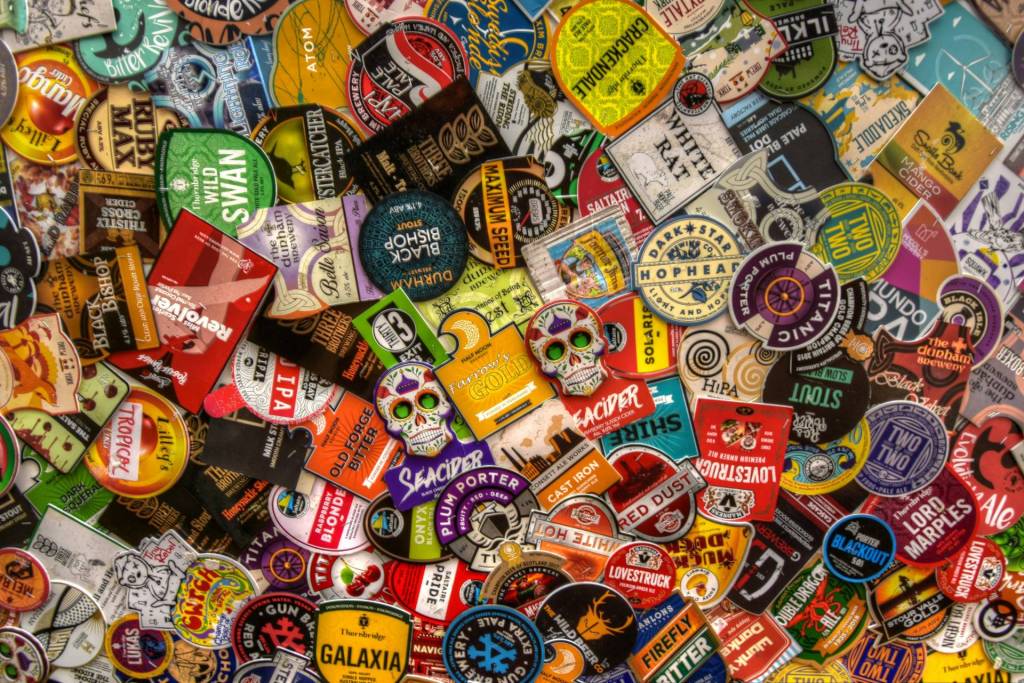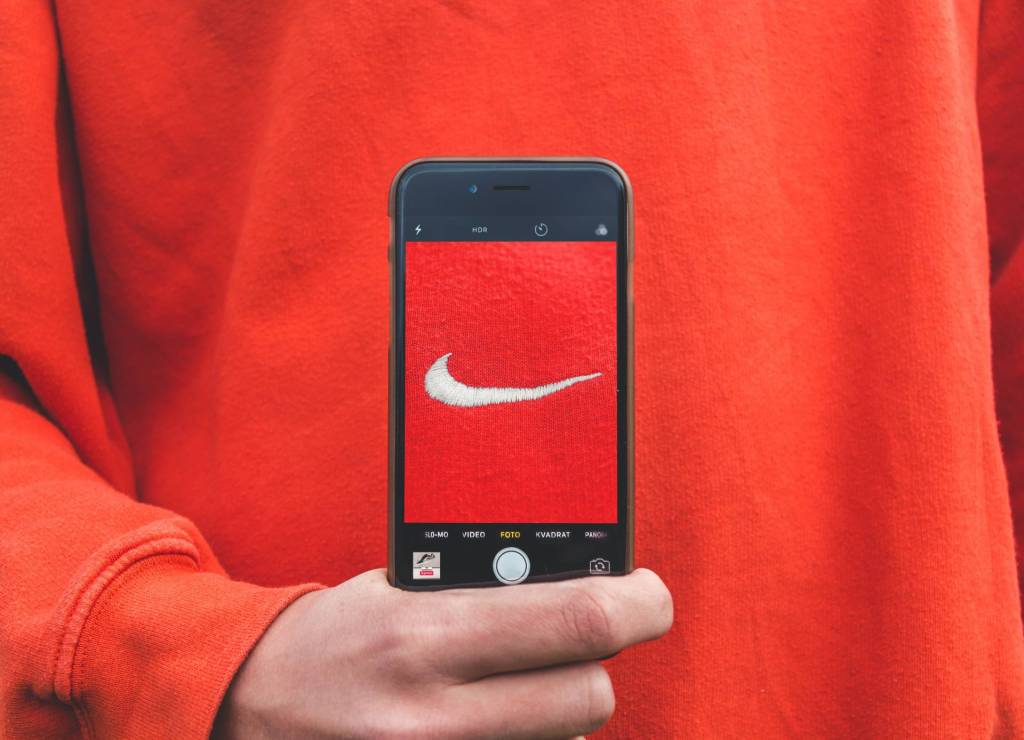There is a difference between sound branding and brand association using music. When you use a popular song to help promote your company or product you’re using those songs to brand you. While this is an effective, and popular model, you need to incorporate that music and make it a piece of your sound brand. A good anecdote I have is when one of my teachers at Berklee College of Music told us he was cooking during a football game when he heard a catchy song on TV. He never bothered to look the song up because he was busy cooking obviously, and the commercial ended. Thirty seconds of pop music bliss, and after that…nothing.
He had NO IDEA what that song was promoting or what company was using it.They had no distinctive sound brand at the end that would signify who they were. He saw the commercial again, and it turned out to be Phoenix’s 1901 for a Cadillac ad. Now, what that says to me is that someone working in the marketing and advertising dept at Cadillac has a good record collection. It shows whom they are trying to appeal to with their new vehicle, but at the end of the day it’s just another song promoting another car.
What Cadillac (and you) can learn from sound branding
If Cadillac had a distinct tag at the end of their ad, not only would a listener not actually viewing the logo on the TV know what company it was, but perhaps they would start to use bands/artists that are akin to their sound brand. This is INCORPORATING music into their sound brand. Why not go for a few distinct styles of music, and distinct bands to position your sound brand? If you use the Rolling Stones for one ad, then Kanye West, and then Debarge, it seems musically schizophrenic.
I’m not saying you can only use one style of music, but the songs you choose need to have meaning for your company. Did I just make advertisers jobs a little harder? Yep, but as a musician I’d like to see companies care spend more time thinking about how music can help with their promotional activities. Picking from the top 40 every time is fine, but it’s not original nor memorable. Find artists that speak to your brand, and help them shape your sound brand.
Don’t copy a successful sound brand
In the news recently Eminem has filed a lawsuit against Audi for copyright infringement. Audi’s A6 Avant commercial looks and SOUNDS strikingly similar to Chrysler’s famous “Imported from Detroit” ad shown during the Superbowl. Chrysler used an original orchestral score, and Eminem’s Loose Yourself to help set the mood for the visuals of their new car driving around the sights of Detroit. Audi uses an original orchestral score, a song that sounds just like Loose Yourself to set the mood for the visual of their new car driving around the sights of Europe…wait…what?. Here are the commercials so you can judge for yourself:
Clearly Audi is stealing a part of Eminem’s and Chryslers sound brand. Now you might be saying, “Tim, didn’t you just tell us that it’s important to establish a sound brand, and not just rely on recorded popular music?” Well yes, but unlike sticking a song in there to sell a few more cars, Chrysler catered the commercial to the song, even featuring Eminem in the video. They have established “Loose Yourself” as part of their sound brand. It helps solidify the song in the listeners mind as part of Chrysler from here on out. In Audi’s case, they saw something that was successful and copied it, nearly scene for scene, and note for note. Besides being a terrible idea, and possibly legally damning, this has nothing to do with Audi. Audi is not establishing themselves as a company that thinks outside the box, either aurally or visually, but as a company that likes your box, and they might steal it.
Sound brand reinforcement
I can’t stress the importance of reinforcing your sound brand. Once you have established a sound (be it a melody or a noise your product makes), you need to make that a marketable part of your company’s identity. Here are two really great and simple examples of sound branding reinforcement.
These are two VASTLY different commercials, both promoting Pepsi…..Ok just kidding, it’s obvious it’s a Coca-Cola commercial. The thing that makes them such great examples is how they reinforce the sound brand already established. In the Super Bowl siege commercial, you have an original score, and the “Overture of 1812”, but at the very end when the company logo pops up, you hear an orchestrated version of the Coke tag (part of their sound brand).
In the other commercial, they have a pop rock version based around the tag. Right as you see the Coke bottle twist off, you hear the Coke Tag, and it’s reinforced throughout the song. The beauty of it is that these commercials are very different, and very creative, but they help build on the sound branding foundation. The Coke composers aren’t being boxed in musically, and the marketing department gets to explore all sorts of different possibilities to help sell their product in exciting ways. They also take great care to make sure you hear that little melody that signifies Coca-Cola.
There are a lot of ways to succeed, and fail with sound branding. It’s important to put as much stock, and effort into making your sound brand as you do any other aspect of your marketing. Hopefully with enough insight, companies will be in the Chrysler/Coca-Cola category, not the Audi one.












